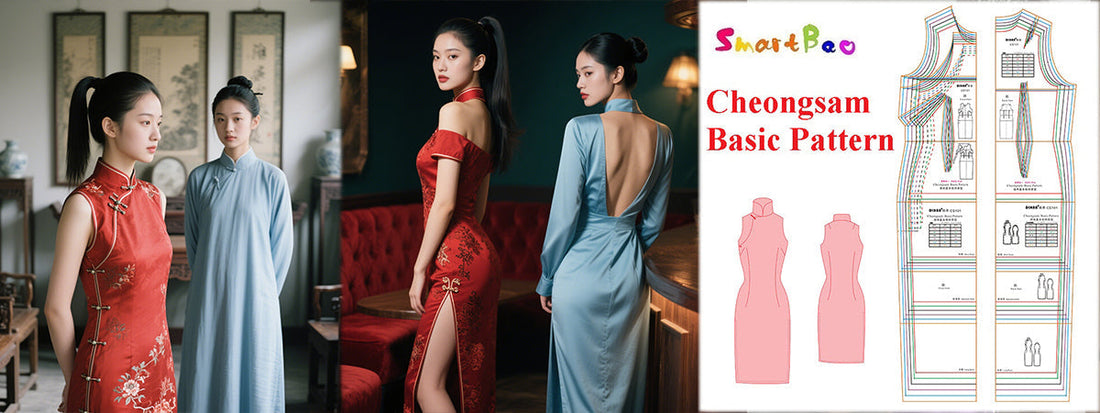When it comes to traditional Chinese attire, the Qipao and Cheongsam are two iconic garments that often get confused. While they may look similar to the untrained eye, there are actually key differences that set them apart. Let's delve into the intricate details of these two beautiful dresses.
Origins and History
The Qipao, also known as the Mandarin gown, originated in the Qing Dynasty and was popularized in Shanghai in the 1920s. It features a high collar and a form-fitting silhouette that accentuates the curves of the body. On the other hand, the Cheongsam, which means "long dress" in Cantonese, has its roots in the Manchu-ruled Qing Dynasty and evolved into its modern form in the 1920s and 1930s.
Design and Silhouette
One of the main differences between the Qipao and Cheongsam lies in their design and silhouette. The Qipao typically has a straight skirt that falls at the knees or slightly below, with slits on the sides for ease of movement. It is often made from luxurious fabrics like silk and satin. In contrast, the Cheongsam features a more fitted bodice and a flared skirt that reaches the ankles. It is commonly adorned with intricate embroidery and decorative buttons.

Collar and Sleeves
Another distinguishing feature of the Qipao and Cheongsam is the collar and sleeves. The Qipao is known for its high mandarin collar, which adds a touch of elegance to the garment. The sleeves of the Qipao are typically short or cap sleeves. On the other hand, the Cheongsam can have various types of collars, including the stand-up collar, the open collar, or the mandarin collar. The sleeves of the Cheongsam are usually three-quarter length or full length.
Occasions and Cultural Significance
Both the Qipao and Cheongsam hold significant cultural value in Chinese history and are often worn during special occasions such as weddings, festivals, and formal events. While the Qipao is more commonly associated with modern fashion and has been adapted into contemporary styles, the Cheongsam is considered a more traditional attire that symbolizes Chinese heritage and elegance.
Now that you have a better understanding of the key differences between the Qipao and Cheongsam, you can appreciate the unique beauty and cultural significance of these two iconic Chinese dresses. Whether you prefer the form-fitting allure of the Qipao or the graceful elegance of the Cheongsam, both garments are timeless symbols of Chinese fashion and tradition.

Craft Your Perfect Cheongsam with Ease!
Create stunning, custom-fit cheongsams effortlessly with our versatile 6-in-1 prototype template! Designed for bust (78–104cm), waist (62–84cm), and hip (90–100cm) measurements, this durable plastic template includes guide holes for precise tracing—just connect the dots for a flawless pattern. Easily adjust for short, standard, or long styles.
Pair it with our transformational add-on templates to customize sleeves, collars, and necklines for endless designs. Flexible, portable, and beginner-friendly—start sewing your dream cheongsam today!
🎀 Get Your Cheongsam Bible Set Now! 👉 [Shop Here]
More Question:
1 Qipao vs Cheongsam: Decoding the Distinctions?
2 Is it OK for a white person to wear a cheongsam?
3 Can Foreigners Wear Cheongsam or Qipao Dress?
4 How can a white person wear a cheongsam (qipao) beautifully and respectfully?
5 Qipao vs Cheongsam: Differences, History & Cultural Significance?



